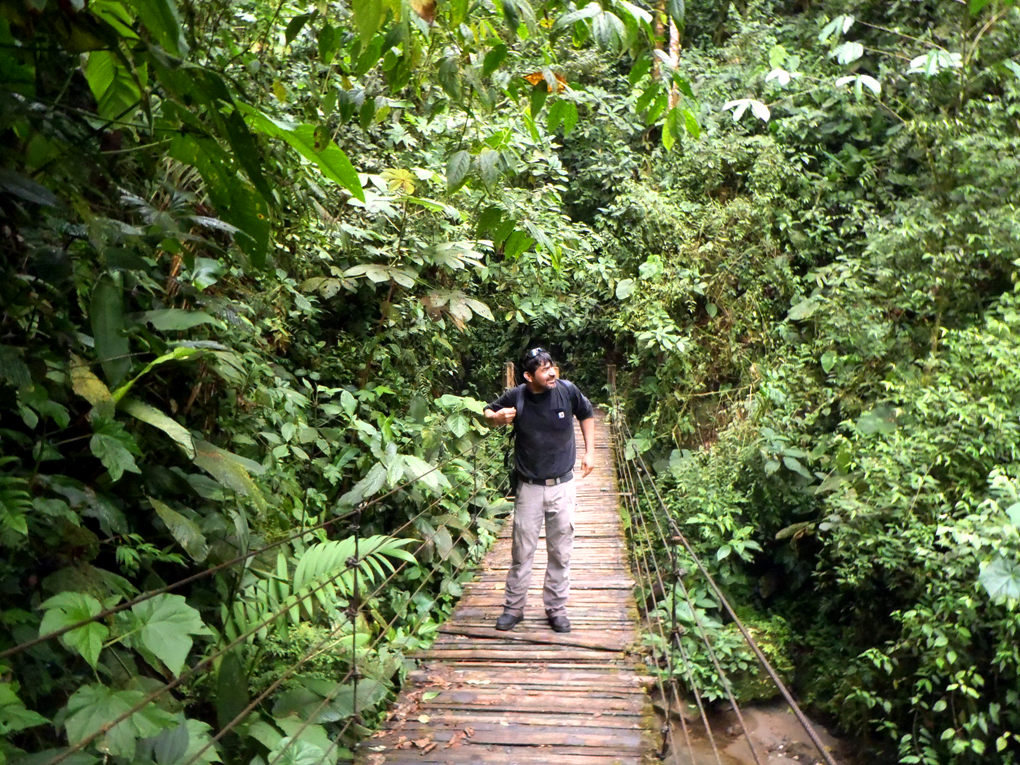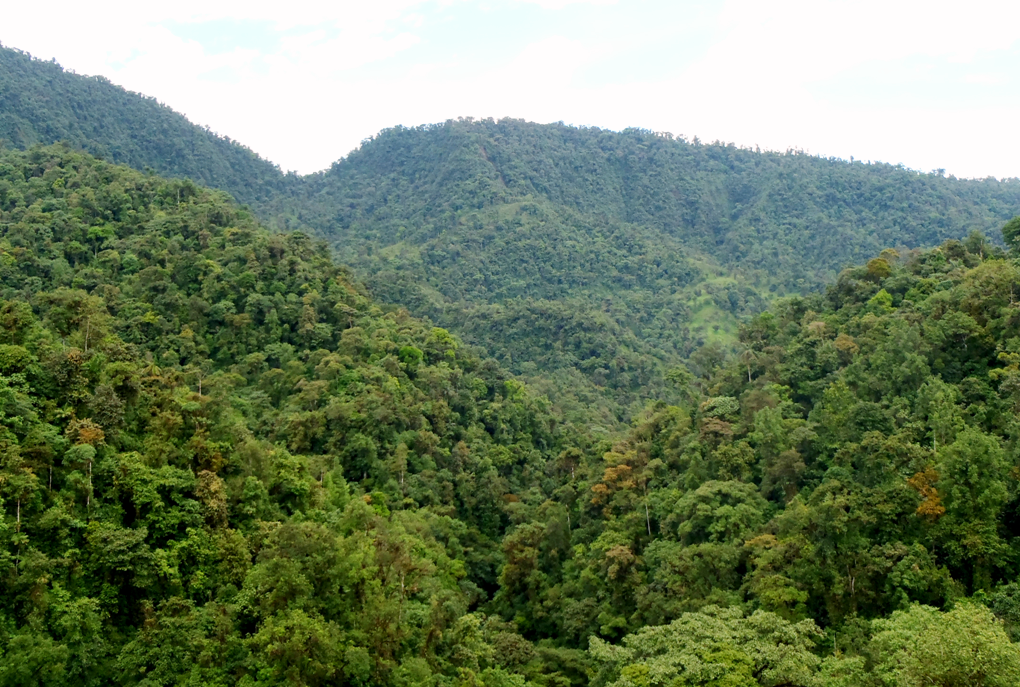
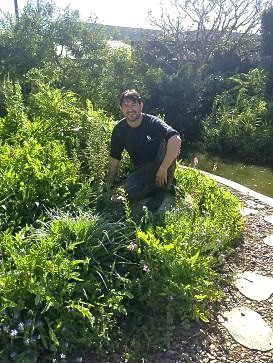
Jorge Ochoa, Associate Professor of Horticulture at Long Beach City College, is one of Long Beach's treasures. While my neigbors used to plant nothing but concrete and astroturf, home gardens here have recently become noticeably more diverse. On rare occasions, they actually plant more trees than they cut down or otherwise kill. Jorge has had a part in this trend. He has walked, he says, through about 95% of Long Beach to inventory its trees. He has advised the city on policies, including the Long Beach Water Department’s Lawn-To-Garden Turf Replacement Program, an incentive program to encourage the replacement of lawns with water-wise plantings. With his horticulture students, he has organized major plants sales at LBCC. But it may be his enthusiasm that is his biggest contribution to our city!
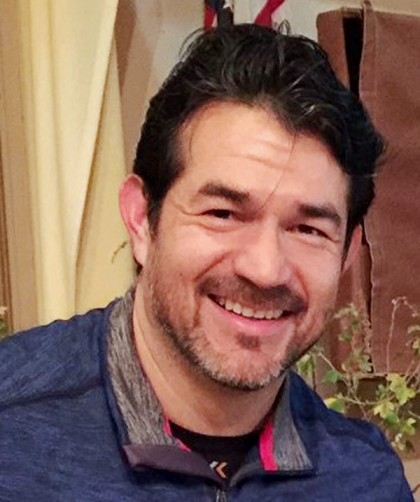
He presented a sort of orchid-themed travelogue for South Coast Orchid Society last year, about his travels in Colombia. He fielded a lot of questions about the plants he encountered in Colombia, and not just the orchids. "I want one of those!" was heard from the audience, repeatedly! SCOS members grow just about everything along with their orchids, and they are always curious about new plants. And at the end of the presentation, people crowded around to ask questions and reminisce about their own travels to unspoiled places in Latin America. Now he's back for the sequel, Plant Hunting in Ecuador!
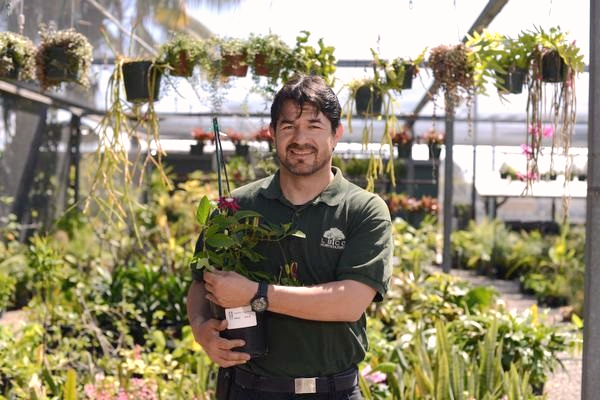
Since we last saw him, he is now credited as co-author for a new passionflower species, Passiflora intricata (J. MacDougal & J. Ochoa, 2018), endemic to the Dominican Republic. We understand there are more new species in the pipeline. And, since there must always be more species waiting to be discovered and described, that probably means more expeditions into the jungle. Best to explore the tropical forests now, while they still exist!
The local press has profiled him several times. In 2014, the Grunion Gazette noted that "Jorge has also assisted the Naples Islands Garden Club in planting the palm tree basins and provided the plants on Second Street between North Ravenna Drive and Tivoli Drive. He also took part in garden improvements at Mark Twain Elementary School, Rancho Los Cerritos, Scherer Park and the Armory."
In Southern California, Jorge is the go-to guy for information about native plants and our spectacular wild flowers. He leads wild flower hikes in Griffith Park (organized by Friends of Griffith Park), one of the best, but least-known ways to spend a warm spring Saturday in Los Angeles. He has also been a key player in the Friends' on-going projects for the restoration of plantings and wild areas throughout Griffith Park, including the Fern Dell.
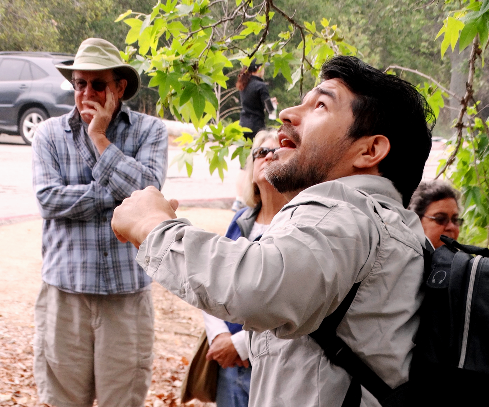
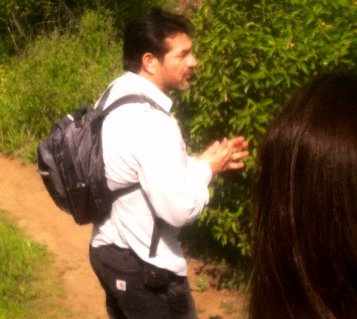
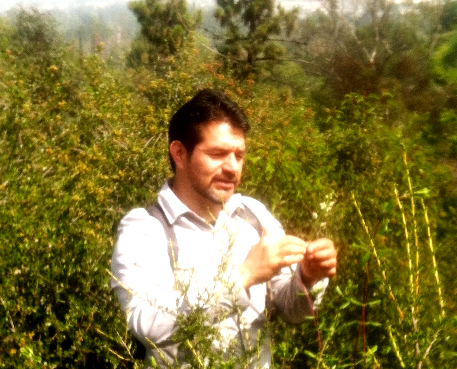

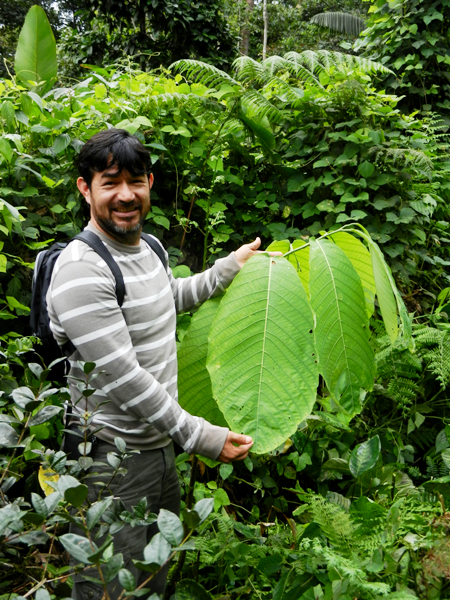
For the botanist as well as the orchid hobbyist, there is probably no place more instructive than Ecuador, a small country that straddles the equator. It is the one place I know where you can easily make a transect from sea level, up over two mountain ranges, and down the other side to the watershed of the Amazon. You could drive it in a day, but why not stop along the way? The habitats change almost by the mile, and so do the plants and the stunning birds. Look closer, there are intricately bejewelled beetles, some flashing red and yellow lights after dark, scores of butterflies and moths...
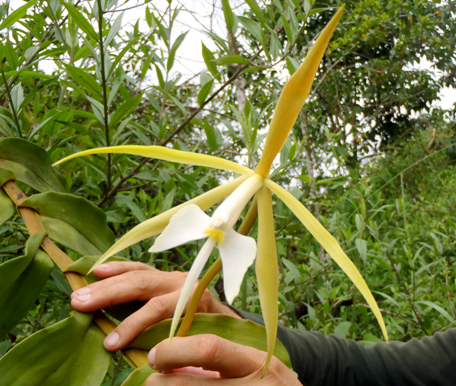
There are so many sights to tease the gardener: epiphytes of all colors, shapes, and sizes, Anthuriums and other aroids, the strange group of Cyclanthes (Panama Hat Palm, for one), walking palms, flowering trees called "Flor de Maio" (except it's a different tree that bears that name in each region, across Latin America), gesneriads, ferns, begonias, multitudes of flowering and fruiting trees, and of course, Jorge's specialty, passionflowers. It is too much to take in all at once. There are plenty of eco-lodges and other places to stay, many with superb home cooking. Ecuador has much to teach us, also, about conservation, habitat restoration, and how to develop a trade in seed-grown orchids that provides jobs while at the same time preserving the forests.
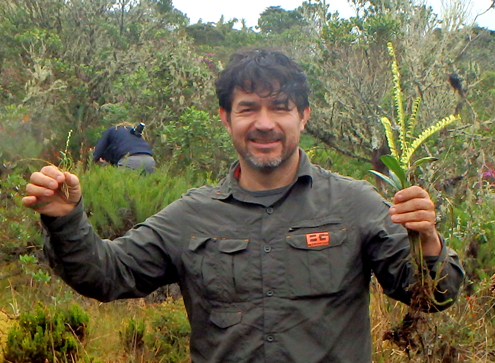
While some people cringe at the idea of stepping into a jungle, those of us who grow orchids, bromeliads, and other tropical plants in our back yards are more likely to react as if meeting an old friend, at least until the bugs start biting! The first experience of a real jungle feels like waking up in a gigantic greenhouse — so many plants resemble the ones we know back home as subjects for terrariums, conservatory greenhouses, and patio gardens, only much, much bigger! With some preparation, you learn to cope with the bugs, the uncertain weather, and the mud, which in Ecuador comes in many colors.
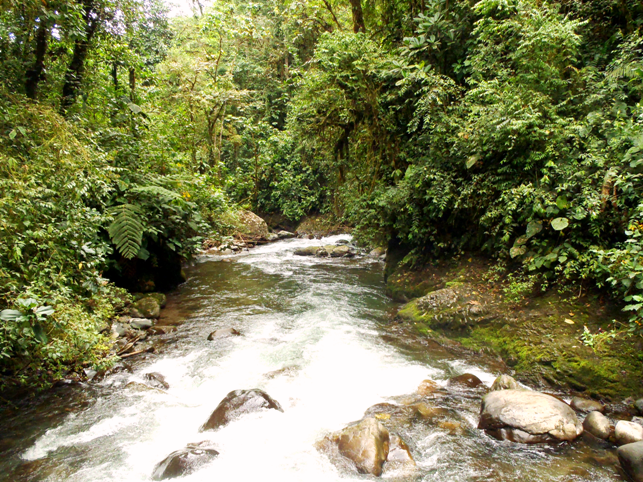
Overall, the botany of Ecuador is way, way over the top, especially given the small size of the country. Pepe Portilla, owner of Ecuagenera, told me the count of orchid species known to grow there is now at least 8,000, with more being discovered every year. The same outlandish totals can probably be documented for many other plant families (as I recall, endless aroids, begonias, gesneriads, among others). But perhaps the best reason to pay attention to Ecuador is that its forests are still there, and policies are in place to help keep them that way, a much-needed encouragement for the future of our planet.
